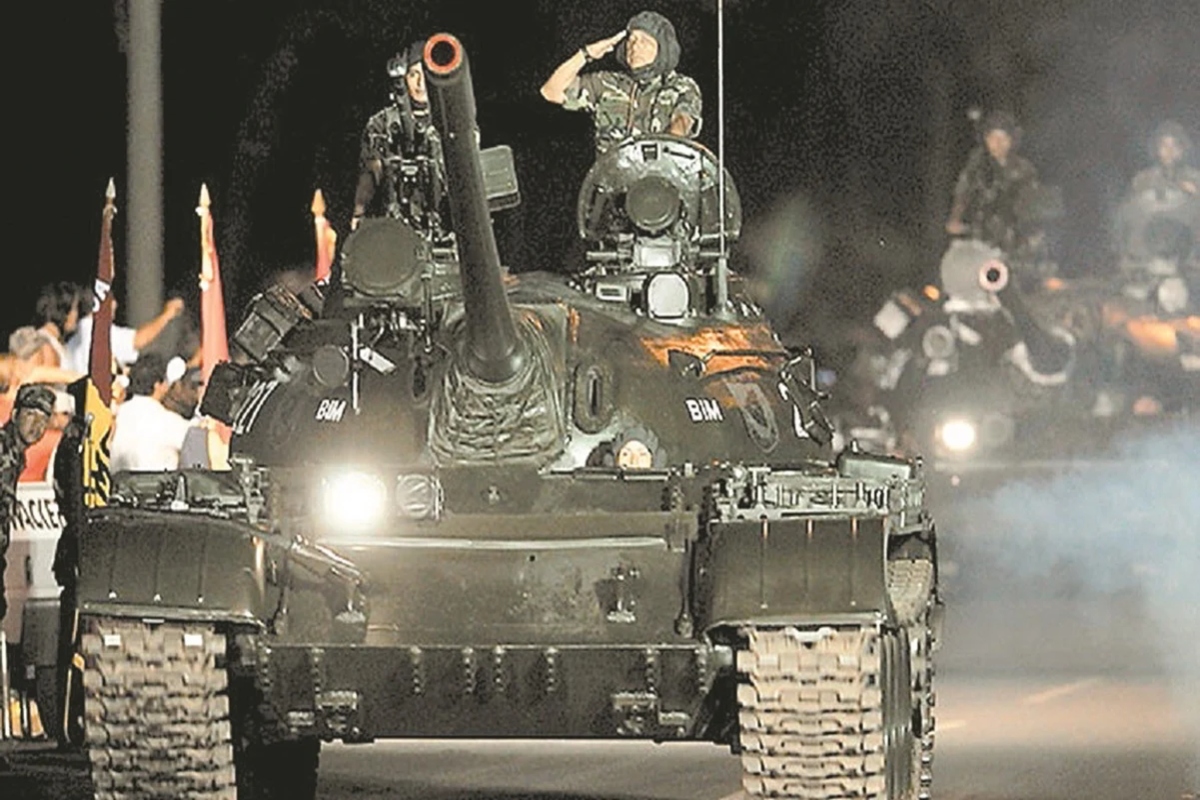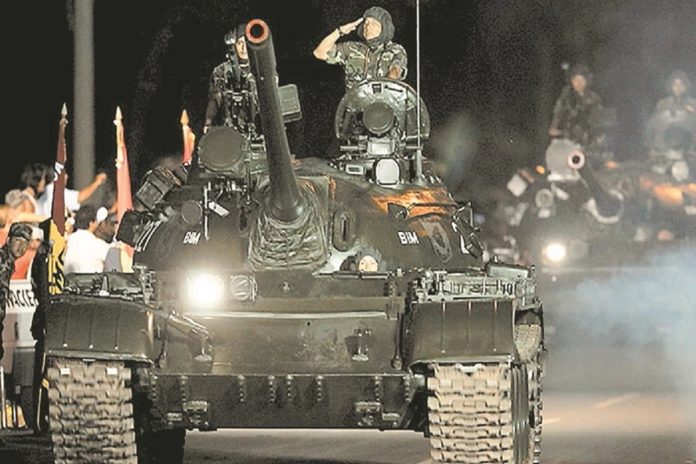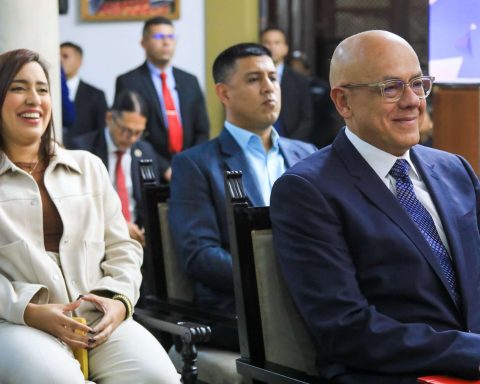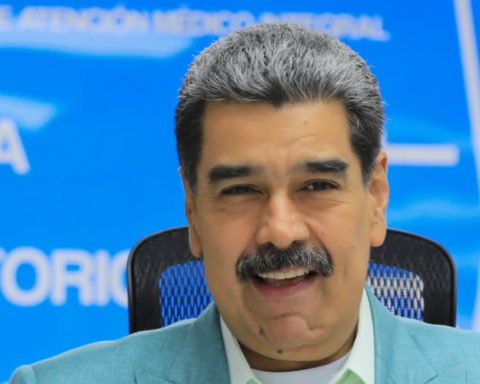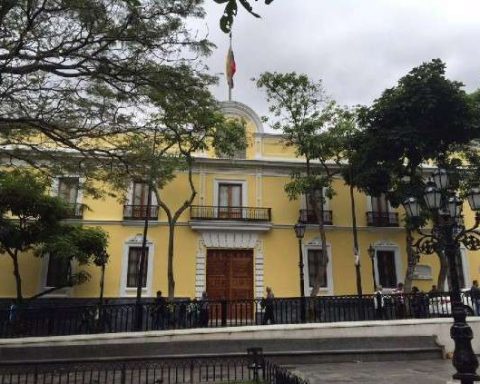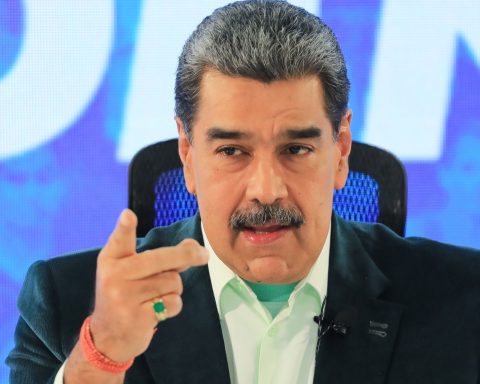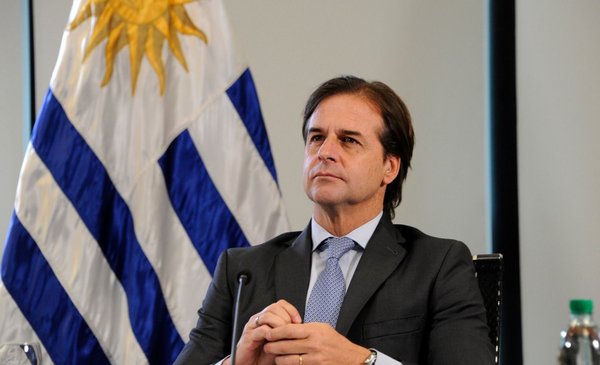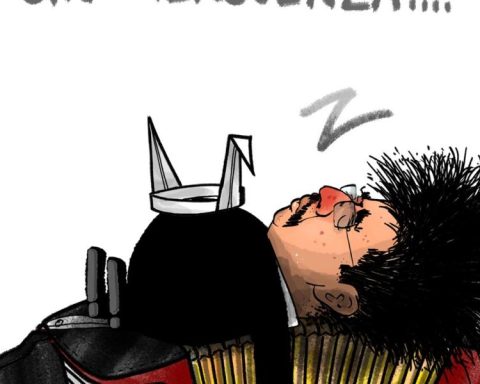Annual global military spending exceeded $2 billion for the first time in 2021, despite the coronavirus pandemic, according to a report released Monday by the Stockholm International Institute for Peace Studies (Sipri).
The record figure of 2.11 billion dollars (1.97 billion euros), represents a rise of 0.7% in real terms compared to 2020, which rises to 6.1% in nominal terms and constitutes 2.2 % of global gross domestic product (GDP), one tenth less than last year, due to the recovery of the economy.
The United States maintains its undisputed leadership, with 38% of world spending and $801 billion (737,504 million euros), 1.4% less, due to the rise in inflation.
US funds allocated to research and development increased 24% in the last decade, which suggests that its focus is on next-generation technology.
“The US government has repeatedly emphasized the need to maintain its military technological advantage over its strategic competitors,” the report states.
After the United States comes China, with an estimated expenditure of $293 billion (270,000 million euros) and 14% worldwide; ahead of India, with 3.6%; United Kingdom, with 3.2% and Russia, with 3.1%.
Russia registered a rise in military spending for the third year in a row, of 2.9% in 2021, until 65.9 billion (60,676 million euros), thanks to the benefits obtained from oil and gas, Sipri stands out.
Ukraine, ranked 36th in the world, allocated 5.9 billion (5,432 million euros), 8.5% less, although its spending on weapons has risen 72% since the Russian annexation of Crimea in 2014.
The joint spending of the top five countries accounted for 6% of the world total.
The list of the ten countries that spent the most on weapons last year is closed, in this order, by France, Germany, Saudi Arabia, Japan and South Korea.
“China’s growing self-assertion in the East and Southeast Asian seas has been the main driver of military spending in countries like Australia and Japan,” Sipri highlights.
Spain in sixteenth place
Spain ranked sixteenth, one higher than in 2020, with spending of 19,500 million dollars (17,954 million euros) and 5.6% more year-on-year.
The Spanish item for armaments represents 1.4% of its GDP and 0.9% of world military spending in 2021.
Brazil, the first Latin American country on the list, ranks seventeenth, while Colombia remains in twenty-fifth, three above Mexico, and Chile climbs another few to thirty-fifth.
The biggest increases in spending, in Europe and Asia-Oceania
By region, Asia-Oceania and Europe led the increase in spending, with 3.5% and 3%, respectively; in Africa it increased 1.2% and in America and the Middle East there were falls, of 3.3% and 1.2%, respectively.
Thanks to the leadership of the United States and the contribution of Canada, the Americas continues to be the region with the highest military spending, accounting for 42% of the world total.
Europe remains the second region, with an expenditure of $418 billion (384,865 million euros), 80% corresponding to the central and western regions.
The report highlights that eight European member countries of NATO reached the Alliance’s recommendation to allocate 2% of their GDP to military spending, although others such as Belgium, Germany, Denmark, Lithuania, the Netherlands, Norway and Poland have committed themselves in recent years. weeks to do so in the future because of the war in Ukraine.
In the Americas, the United States and Canada accounted for 94% of total spending.
Falls in Central and South America
In Central America and the Caribbean, military spending amounted to $11 billion (10,128 million euros), 2.5% less year-on-year but 58% more than at the beginning of the decade.
“The use of military forces to combat criminal activities remains the main driver of military spending in the subregion,” the report notes.
Mexico, with 8,700 million dollars (8,010 million euros), leads the region, despite a year-on-year drop of 3.4%.
In South America there was a slight drop of 0.6% to 45,300 million (41,709 million euros), and with Brazil in the lead with 19,200 million (17,678 million euros), 4.3% less.
“Despite the drop in spending, Brazil was still able to make the planned payments for its strategic weapons programs, which include the purchase of 36 Gripen fighter jets from Sweden,” the report states.
Colombia, the second country on the South American list, spent 10.2 billion dollars (9.391 million euros), 4.7% more.
Sipri highlights that since the signing of the peace agreement with the FARC In 2016, Colombian military spending has grown every year, except in 2018, a fact that “can be attributed to the ongoing conflicts between the government and other armed groups.”
